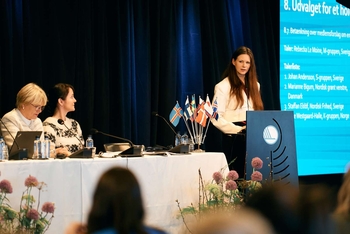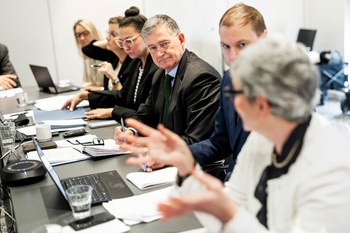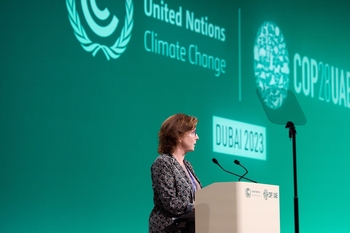Call for EU to better define its environmental targets regarding light transport vehicles

In a letter to members of the European Parliament’s Committee on the Environment, Public Health and Food Safety – which will this week submit its views to the European Parliament on the European Commission’s proposed legislation on new CO2 requirements for light vehicles – the Nordic Council has called on the EU to maintain its position as the world’s leading producer of transport, and to demonstrate stronger leadership in efforts to combat climate change.
While the European Commission is aiming for a reduction in emissions from new light transport vehicles of 15% by 2025, and 30% by 2030, the Nordic Council is proposing a 30% reduction by 2025 and a 50% reduction by 2030.
“We need to make our requirements for the automotive industry stricter if we’re to realise our goals for the transport sector and fulfil the objectives of the Paris Agreement. Carbon dioxide emissions have continued to increase in the EU, and we must put a stop to this,” says Lars Tysklind, chair of the Nordic Council’s Committee for a Sustainable Nordic Region.
In addition, the Nordic Council proposes that production targets for the proportion of low-emission vehicles should be supplemented with a mandatory production target for the proportion of zero-emission vehicles which, according to the Nordic Council, could be 10% by 2025, and 20% by 2030.
The council stresses the importance of not basing future legislation on calculations relating only to the finished vehicle, but on emissions calculations over the vehicle’s entire lifecycle, i.e. even during its production.
“The stricter emissions targets proposed by the Nordic Council are in line with the national targets of the Nordic countries. We therefore call on the Nordic environment and climate ministers to support these higher targets proposed by the council in both internal EU negotiations and in dialogue with other EU and EEA Member States,” concludes Tysklind.




